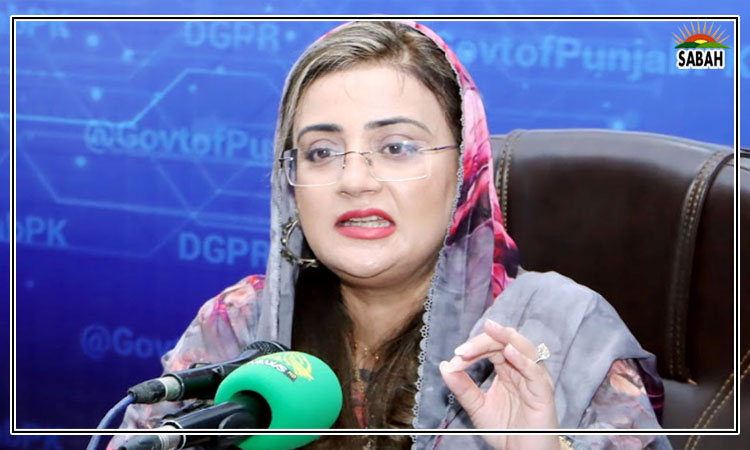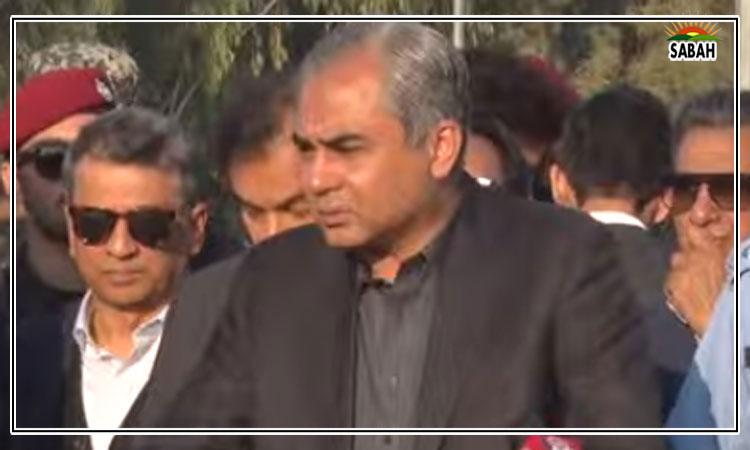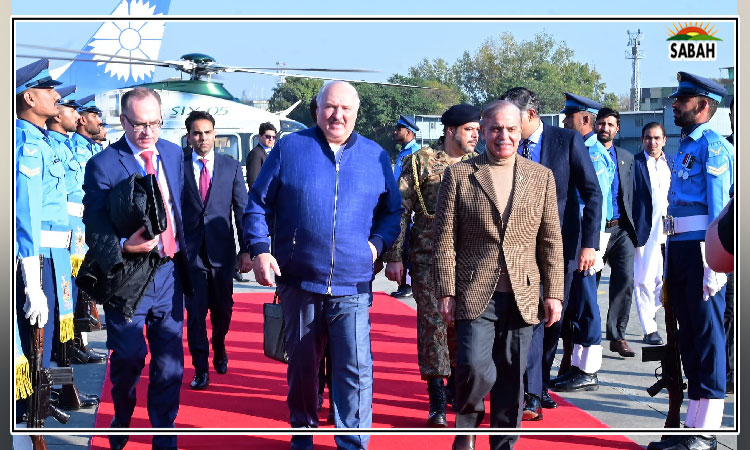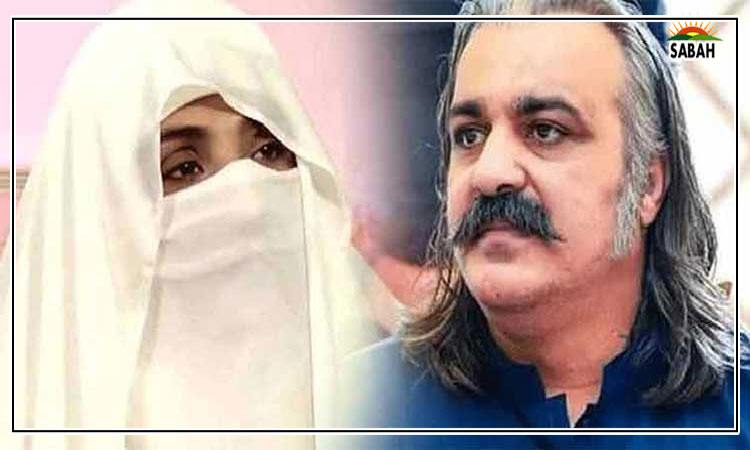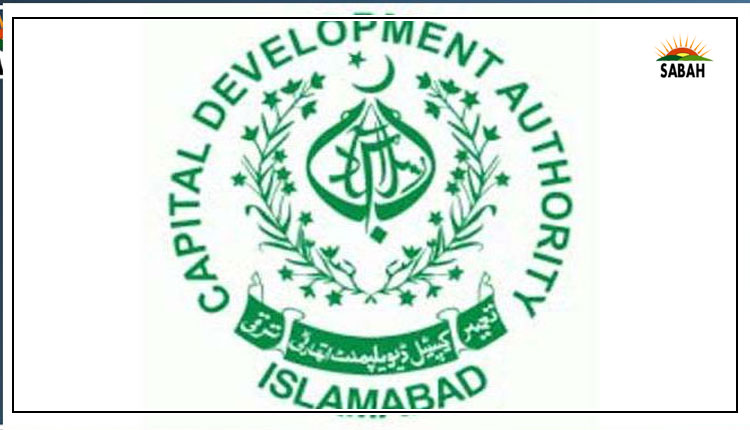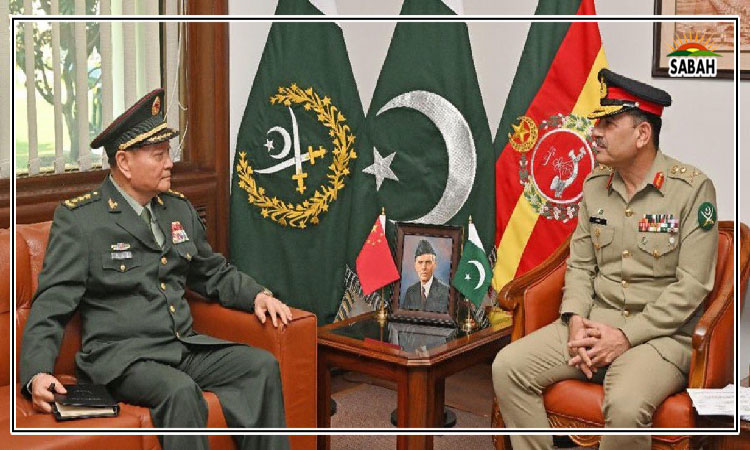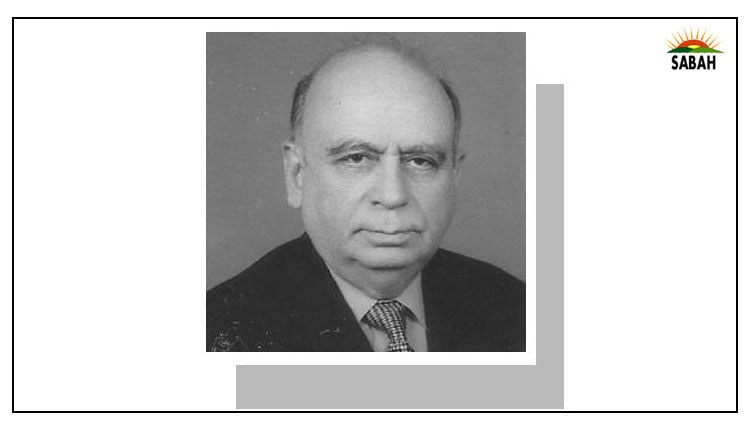Police command structure…Afzal Ali Shigri
TO accommodate the rapid expansion of Pakistans population, successive provincial governments increased the number of revenue districts. In line with this, the police force and administrative units at the district level were also expanded. However, this reorganisation of the police force overlooked the unique need of the police for an effective hierarchical supervisory command structure in order to regulate a trained, armed, and uniformed force.
Over time, it became evident that the existing police forces strong and effective command structure was being eroded. Political interference further compounded the problem. The district police forces were burdened and transformed into government tools for suppressing political dissent. By 2000, the number of police forces in Punjab, Sindh, KP, and Balochistan had grown significantly.
As the existing inspectorate system found it difficult to manage such an expanding force, even the most capable officers at the command level struggled to control extraneous interference in the functioning of the district police. Like most of the previous governments, the military government under Gen Pervez Musharraf also decided to reform the police as an essential part of the overall administrative structure of the country.
Deployed for internal security duties, many of the senior military officers were able to gauge discernible deficiencies in the civilian law-enforcement structures. Based on their experience of operational duties, they viewed the police system from a command-and-control perspective, which allowed them to develop a vision of how the situation could be improved.
The new governments interior minister, retired Gen Moinuddin Haider, a seasoned commander with experience of civil governance as a former governor of Sindh, formed a committee to focus on police reforms. The committee presented its findings in a report within a short span of time. Simultaneously, the National Reconstruction Bureau was established to reform the governance structure including the police under the capable leadership of retired Gen Tanvir Naqvi.
Gen Naqvi established a separate think tank comprising three inspectors general of police (IGP) as well as an expert on the British criminal justice system. Thoroughly examining the existing police system, the think tank studied the legal frameworks of developed countries and reviewed 29 reports on police reforms in Pakistan commissioned by various governments after independence. Extensively consulting all stakeholders, the members of the think tank prepared a comprehensive report, addressing the depoliticisation of the police, credible accountability, and operational/ administrative autonomy. This culminated in the enactment of the Police Order, 2002, which provided the legal framework for implementing these reforms.
The police are hindered by a fractured and compromised hierarchal structure.
Unfortunately, in 2004 on the formation of the political government, the very military government that had introduced the reforms attempted to undermine this law following the induction of political governments. A depoliticised and accountable police force was anathema to these administrations, leading to amendments and new enactments on police in some provinces. However, steps in reorganising the police structure which had already been undertaken could not be reversed. Nonetheless, provisions imposing checks on political decisions were ignored or violated.
While addressing operational and administrative autonomy, Police Order, 2002, introduced an upgraded command structure. It differentiated between rural and urban police to meet the emerging challenges posed by the growth of megacities. To eliminate extraneous interference, the tenure of the head of the police establishment was fixed and featured operational independence. To improve command and control, Police Order, 2002, also made certain fundamental changes in the police structure, upgrading posts at all supervisory/ command levels by increasing the number of posts in higher grades, strengthening secretariat support, enhancing and conferring greater financial powers on the police department by designating the IGP as ex-officio secretary. Policing in big cities and other areas was clearly defined with enhanced operational and administrative powers granted to senior-ranking officers heading the police. The elected governments, however, chose not to follow the law even in matters of professional autonomy and administration of an armed uniformed police force.
Tragically, political governments, resistant to any limits on their authority, operate under the flawed belief that their election to office grants them unchecked power to make both lawful and unlawful decisions. They treat civil servants as personal subordinates, frustrating amendments aimed at curbing such abuses to preserve a system enabling dictatorial governance. A simple option for them is to bypass the law and refuse its implementation on one or the other pretext.
To tighten their control over law enforcement in blatant violation of legal provisions, they tend to appoint junior-ranked police officers to higher posts. For instance, currently, only two officers of Grade 22 have command assignments, while assigning junior officers to higher ranks. This compromises the administrative powers of the officers manning the command posts as they know that their transfer would automatically relegate them to junior positions. In retaining their command posts, they face a quandary, as refusal of any political unlawful orders entails reversal to the lower rank without any process. This transforms even human resource management into a tool for political patronage and undermines the entire criminal justice system.
Pakistan is faced with existential threats due to terrorism stemming from various imagined grievances or some misconstrued religious goals, giving rise to violent militancy. Police forces with such inner fault lines are expected to deliver on the states counterterrorism policy. The police, who are crucial in countering these threats, are hindered by a fractured and compromised hierarchical structure. The government must realise that no amount of investment in the shape of weapons, equipment and monetary incentives to the force will have any effect until the police force is given a cohesive command structure and full operational and administrative authority.
Based on over 30 years of experience in the police force, I can confidently state that success against diverse terrorist organisations funded and supported by our adversary is achievable. The key to effectively mobilising resilient police forces is to ensure they operate under a clear and robust police law free from political interference, and an undiluted upgraded command structure provided in the Police Order 2002.
The writer is a former IGP, Sindh.
Published in Dawn, September 29th, 2024
Courtesy Dawn


